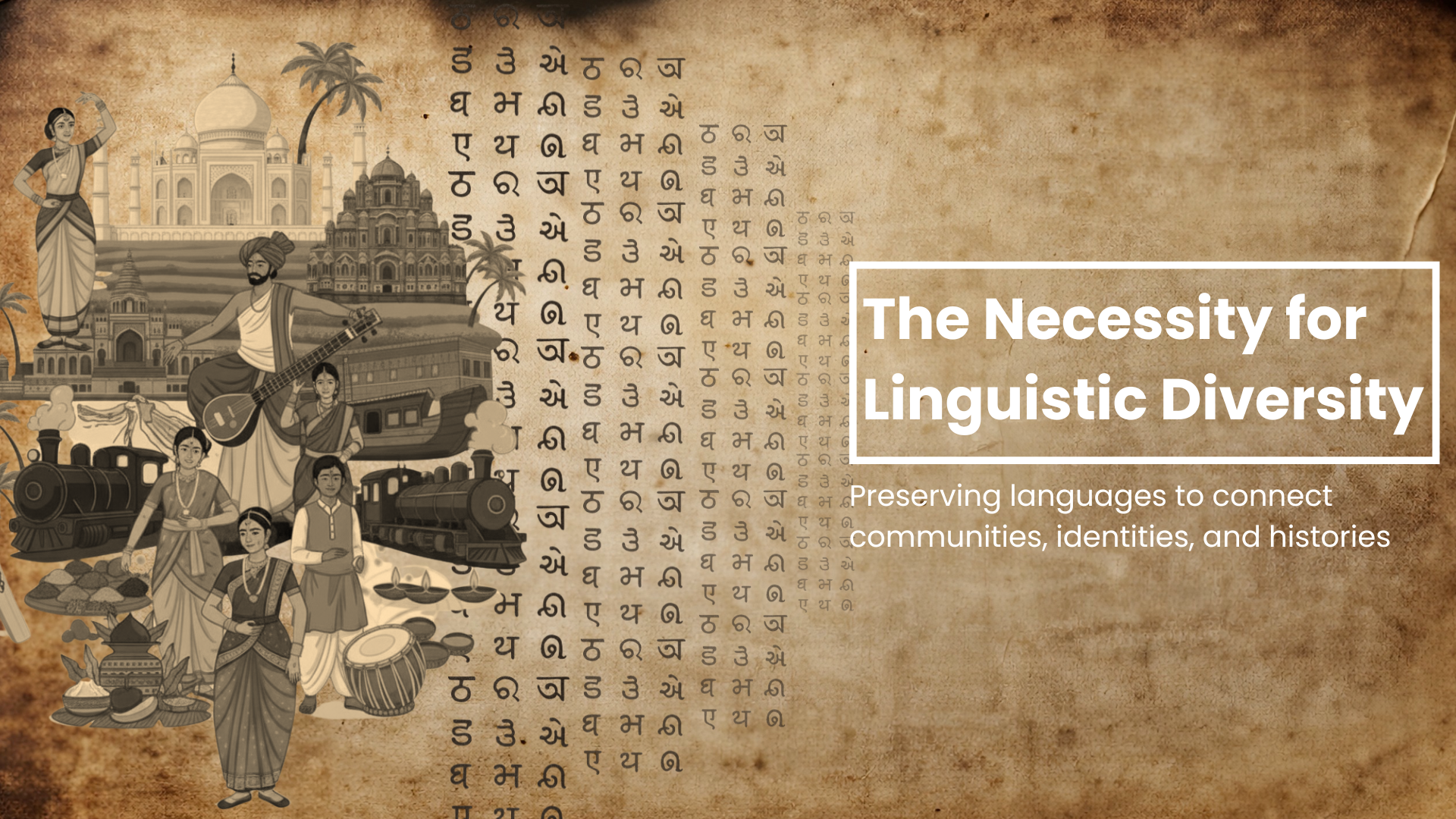
“For harmony in a community, there need to be good developments that lead to closeness amongst community members. In the case of megaprojects, trust is needed for their success. A megaproject is a temporary organization characterized by large investments and complexity.”
Trust is a major factor for the success of a megaproject, not only amongst the community but also amongst the other stakeholders. Stakeholders in megaprojects include project partners, sponsors, contractors, experts, and government agencies.
If any stakeholders are unhappy, such as with noise, pollution, and disruption, it can cause negative emotions and lead to opposition to the project, potentially resulting in its cancellation. Therefore, building trust among all those involved in a megaproject is crucial.

In this study conducted by Dr. Johan Ninan from the Faculty of Civil Engineering and Geosciences, TU Delft, Delft, the Netherlands, Prof. Stewart Clegg from the School of Project Management, The University of Sydney, Sydney, Australia, Prof. Ashwin Mahalingam from the Department of Civil Engineering, Indian Institute of Technology Madras, Chennai, India, and Prof. Shankar Sankaran from the School of the Built Environment, University of Technology Sydney (UTS), Sydney, Australia, a case study on a city rebuilding precinct in Australia was conducted to explore the trust-building strategies employed to govern the project community.
The authors of this study wanted answers to the following questions:
- What are the trust-building strategies involved in the community engagement of megaprojects during the shaping phase from a social exchange theory perspective?
- How do these trust-building strategies work together in the governance of megaprojects during the shaping phase from a circuit of power perspective?
In this study, semistructured interviews were conducted. Committee meetings, project documents, news articles along with their comments, and social media were observed.
From this study’s findings, three main trust-building strategies were noted, namely:
- Employing resources.
- Building legitimacy.
- Creating a brand.
Employing resources:-
Physical, social, and human resources were used to build institution-based trust. For example, financial resources were used to procure Building Information Management (BIM) tools which were used to develop simulations to enhance trust with the project community. The mayor was also asked to speak in favour of the project to attract more supporters.
Building legitimacy:-
The city rebuilding project had a hospital agenda. Strengthening the hospital infrastructure for the benefit of the community helped build trust with the project community. Other members of the community such as the student community were also approached to gain more trust for the project. This is a characteristic-based trust.
Creating a brand:-
Social media was used to gain community support. Short videos were shared in social media. These videos highlighted the uniqueness of the project as offering the best available healthcare for the community. By building the project brand on social media, the leadership tapped into the process-based trust.
It was shown that these three trust-building strategies interact with each other and evolve as a form of governance through trust. A community-focused vision was created targeting all sections of community and employing a consistent message.
This study showed that trust-building can be strategic and is meant to enable construction of the project with least resistance. It was also seen that trust can be considered as a governance mechanism for effective engagement of the project community.
Although this study was only limited to the planning phases of the project, it is unique for its coverage of the trust-building strategies during the shaping phase of a megaproject. Future studies could explore the life cycle implications of these trust-building strategies.
Prof. Andrew Davies, RM Phillips Freeman Chair and Professor of Innovation Management, Science Policy Research Unit (SPRU), University of Sussex Business School, United Kingdom, appreciated the work done by the authors with the following comments: “This wonderful paper by Ninan, Clegg, Mahalingam and Sankaran, examines how trust acts as a governance mechanism for engaging with the community impacted by an Australian city rebuilding precinct megaproject. This is a timely and important hot topic given the rapid growth in the number of megaprojects undertaken around the world and the need to find more consultative and effective ways of engaging with local stakeholders and building legitimacy for such projects. In a creative synthesis of social exchange and circuit of power theories, the authors develop a novel and insightful approach for understanding the relationship between trust and governance in megaprojects”.
Prof. Dr. Alfons van Marrewijk, Full Professor of Construction Cultures, from the Department of Management in the Built Environment, Delft University of Technology, Delft, The Netherlands, also acknowledged the importance of the work done by the authors and stressed the importance of trust acting as a governance mechanism with the following comments: “The development of trust is a major challenge for the governance of megaprojects while this process is not yet well understood (Ruijter et al., 2020). The paper of Ninan et al. on the city rebuilding project contribute to the understanding of the complex relationship between trust and governance by exploring the strategies used for including local communities. Trust implies that local communities are willing to proceed without defending, buffering, or protecting themselves against risks and that they accept uncertainty. The study shows that project partners consider employing resources, building legitimacy, and creating a brand crucial for building trust with the local community. These strategies and their interactions highlight how trust can act as a governance mechanism for more effective engagement with the project community. Acting on trust thus becomes an “organizing principle” of governing the interactions between organizations, which is constituted by a set of practices that (re)produce trust as a meaningful pattern of interaction (Ruijter et al., 2020).”
Article by Akshay Anantharaman
Click here for the original link to the paper










